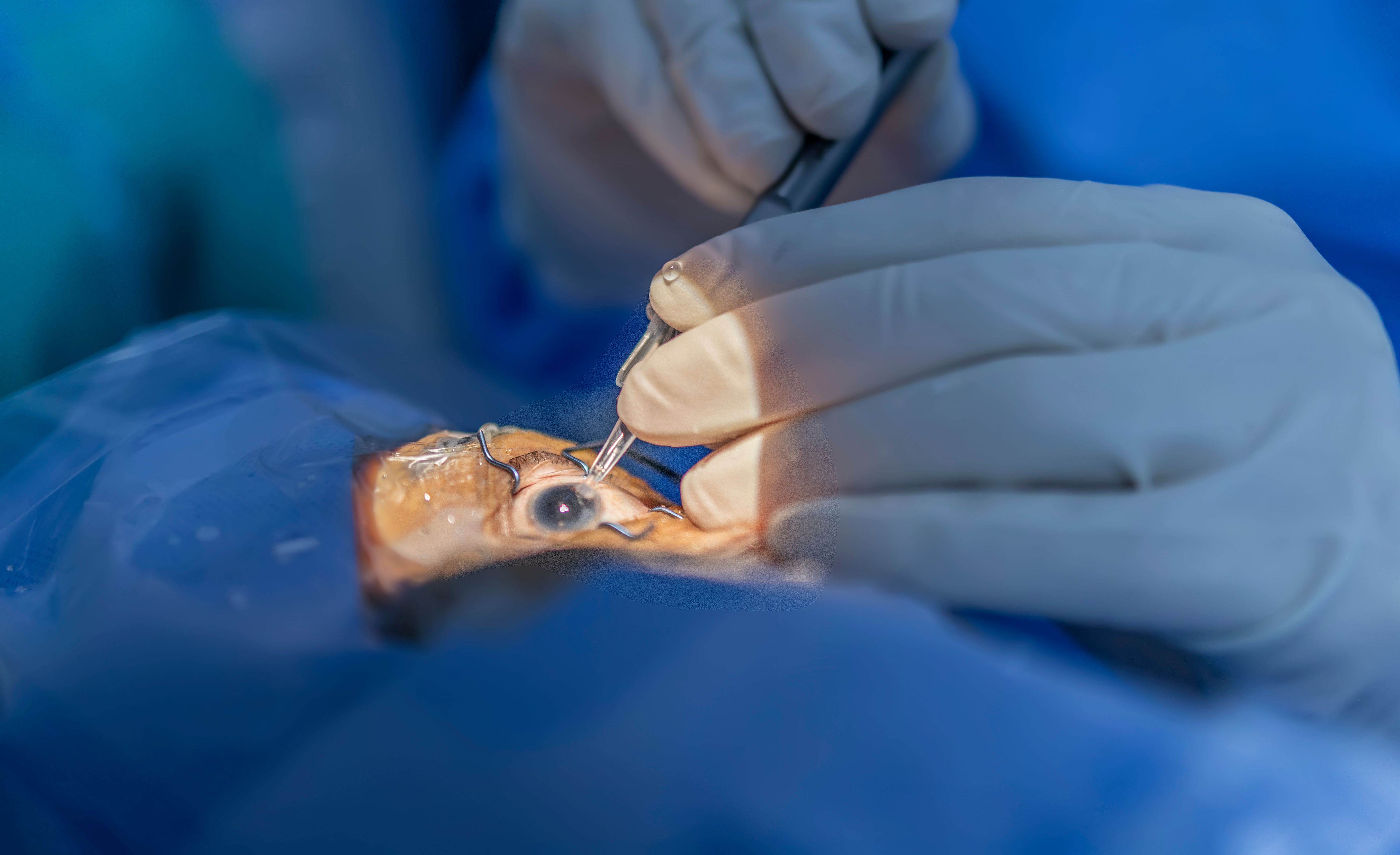Article
Blunting the edge on sharps injuries
Author(s):
Reducing incidents can reduces cases of infection, transmission among physicians, clinicians.

Reviewed by Khaldon Abbas BSc
Sharps injuries (SIs) within healthcare settings are common, pose risks like transmission of blood-borne diseases, and safety-engineered devices and techniques have the potential to minimize these injuries.
During a presentation recently at the annual meeting of the Canadian Ophthalmological Society in Halifax, Nova Scotia, Khaldon Abbas BSc, a medical student at the University of British Columbia in Vancouver, British Columbia, Canada, presented findings from a literature review, citing data from the World Health Organization that about 3 million sharps injuries happen annually among the global healthcare work force of 35 million.
The review included 47 articles examining sharps or scalpel injuries in healthcare settings. Abbas noted that in the US, most SIs occur in the operating room setting. Specifically, 47.9% of SIs in 2020 occur in the operating room, according to EPINet.
Another statistic is that sharps are usually contaminated prior to injury. According to EPINet reports from 2010 to 2020, an average of 90.4% of sharps were contaminated before injury.
“The percentage of sharps injuries that we get published through the literature is actually most likely underestimated,” Abbas said. “We think that the percentages are higher than what they are. Some studies highlight different percentages, but it is estimated that between 26% to 90%, of the SIs are actually underreported.”
SIs are a common cause of pathogen exposure, and the three most common diseases that have been studied and associated with an SI are hepatitis B, hepatitis C and HIV, according to Abbas. Specifically, the transmission risk from SI estimated to be 1:3 for hepatitis B, 1:30 for hepatitis C, and 1:300 for HIV. The incidence of HBV infection, due to a SI has declined due to the increase of hepatitis B vaccination of healthcare workers, according to Abbas.
Within ophthalmology practices, SI were most common in operating rooms (60.8%), nurses sustained most injuries (36%) followed by surgeons (26%), and the median rate of PSI was reported at approximately 1.3 per 1000 surgical procedures per year. In one study, fellows-in-training sustained most injuries (24%) followed by nurses (23%). Most injuries occurred during procedures (31.3%) and sharps disposal/cleaning (29.4%). Within all hospital operating rooms, the most frequent sources of injury were suturing needles (43.4%) followed by scalpels (17%).
Ophthalmic staff are at a great risk of sustaining such injuries due to the microsurgical nature of the specialty, Abbas explained.
“Ophthalmic surgeons often operate under magnification and with minimal background lighting,” Abbas said. “We believe that this puts ophthalmologists at an elevated risk of sustaining a sharps injury. The minimal background lighting can further increase the risk of instrument mishandling.”
Abbas also noted the psychological and economic costs of SIs include infectious disease testing, treatment/prophylaxis, and staff absence which has been reported to average about $747 per injury.
Anxiety and depression have been reported in 67.8% of healthcare workers suffering from a SI. Indeed, healthcare workers also had a statistically higher likelihood of post-traumatic stress disorder (odds ratio of 4.28).
The hazard associated with percutaneous SIs has encouraged behavior change and the emergence of safety-engineered surgical sharps, explained Abba
The spread of monkeypox is also of concern for SIs, according to Abbas.
“Interestingly, exposure and transmission of poxviruses including monkeypox can be transmitted as a result of a sharps injury,” said Abbas, who also noted that concern about COVID transmission from a positive patient to a surgeon due to a sharps injury is not founded given transmission of COVID is through respiratory transmission.
Some key measures to limit sharps injuries would involve continuous safety behaviors, education and training, use of safety scalpels with retractable sheaths, and the combination of a scalpel blade remover and hands-free passing technique, according to Abbas.
In addition, a pre-mounted 15 blade might also allow less disposal injury than scalpel blades that have to be mounted on a handle. Abbas noted that the 15 blade Bard Parker scalpel remains the instrument of choice for blepharoplasty among oculoplastic surgeons.
“The uptake of safety devices such as safety scalpels may be limited by usability problems and concerns about cost,” Abbas noted. “This may detract ophthalmologists from the incorporation of safety devices into their ophthalmic practice.”
Oculoplastic surgeons might benefit the most from sharps safety devices, as one study from 2016 found that most injuries occurred in oculoplastics procedures, Abbas said.
Numerous other steps can be taken to prevent SIs, Abbas pointed out. They include avoiding leaving sharps lying around, avoiding re-sheathing any used needles, avoiding bending/breaking needles before discarding them, placing damaged sharps containers inside a larger sharps container and then locking and labelling the container, and to avoid using makeshift containers like drink cans, bottles, and cardboard boxes for sharps disposal.
Other steps include ensuring that the aperture of the sharps container is closed to prevent spillage or tampering, avoiding carrying sharps containers by the handle and away from the body, and keeping all sharps waste in a designated, secure area until it is collected.
“Studies demonstrate that safety devices may be helpful in reducing sharps injuries, however there are currently no studies that examined the role of these devices in ophthalmology settings,” Abbas pointed out. “We need studies to show the effectiveness of safety-engineered devices in preventing SI’s in ophthalmology ORs so we can better elucidate their effectiveness in this setting.”
Khaldon Abbas BSc
E: 604/822-2211
Abbas has no financial disclosures related to this content.




